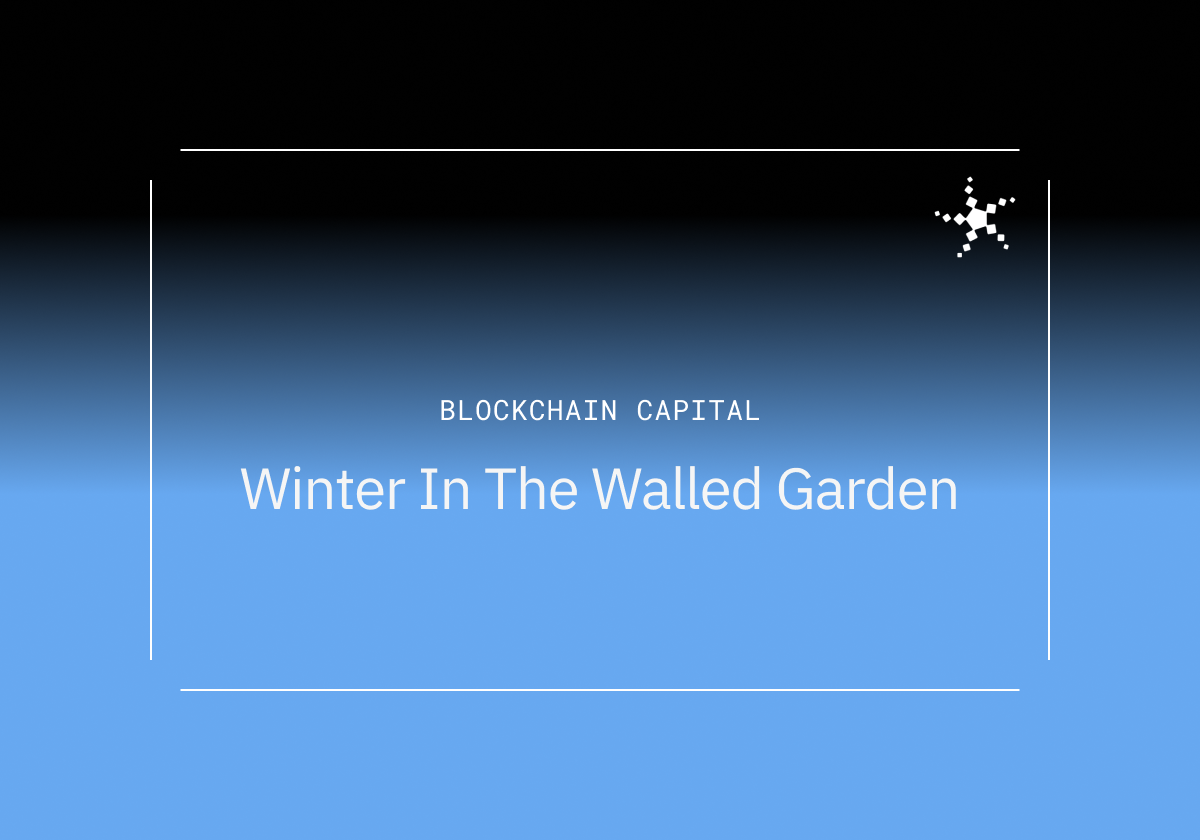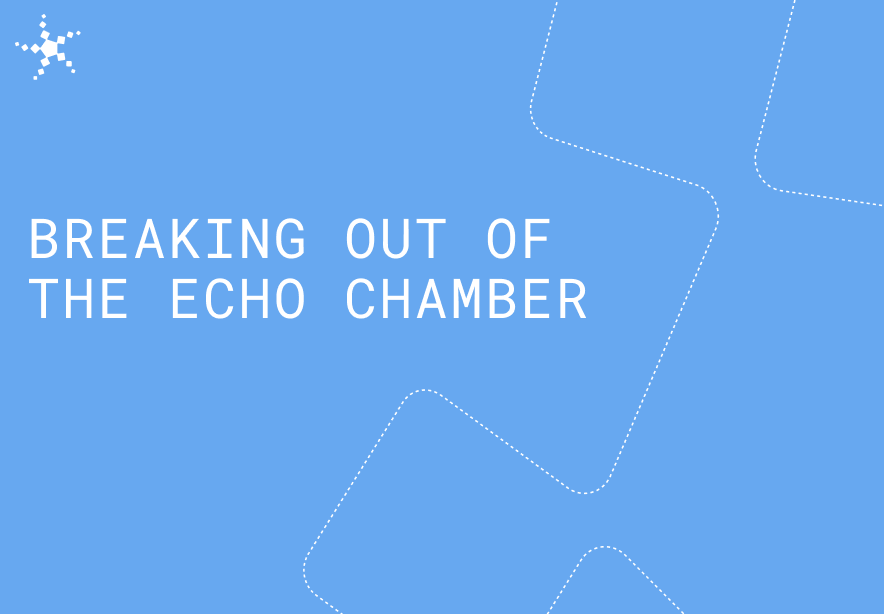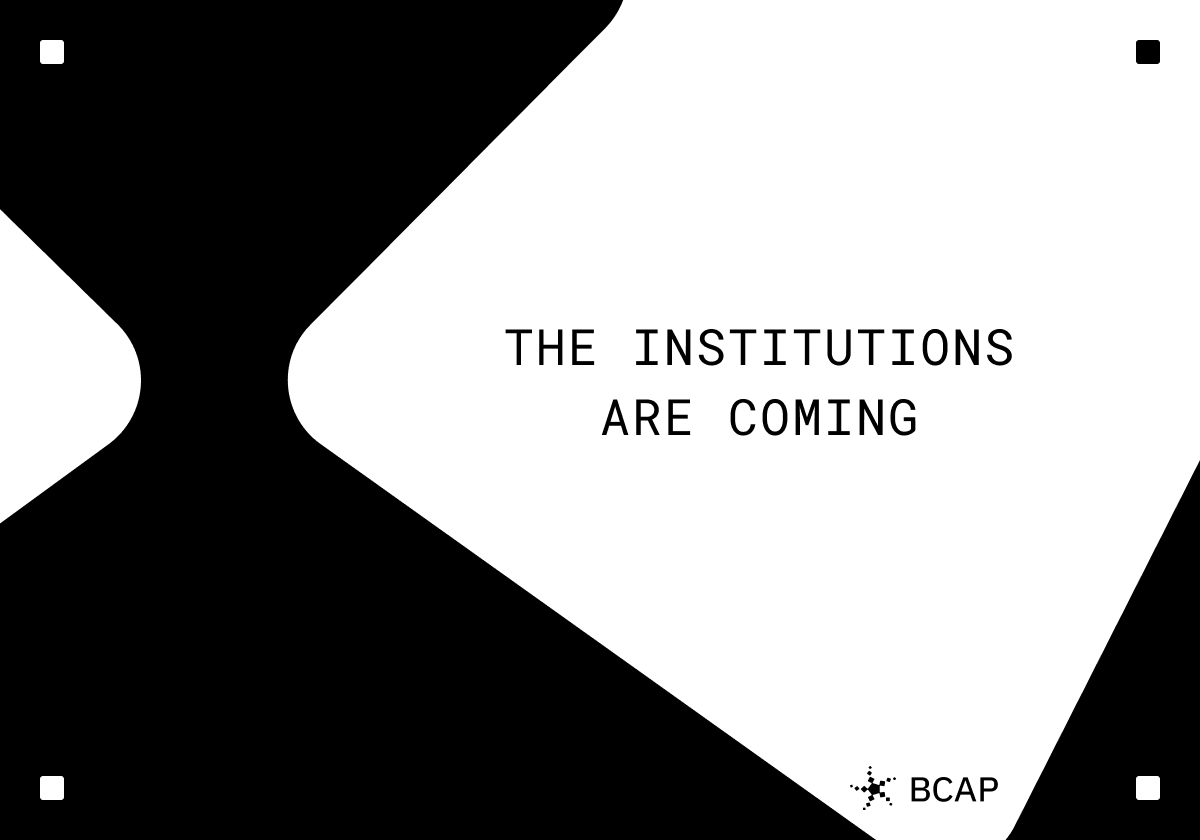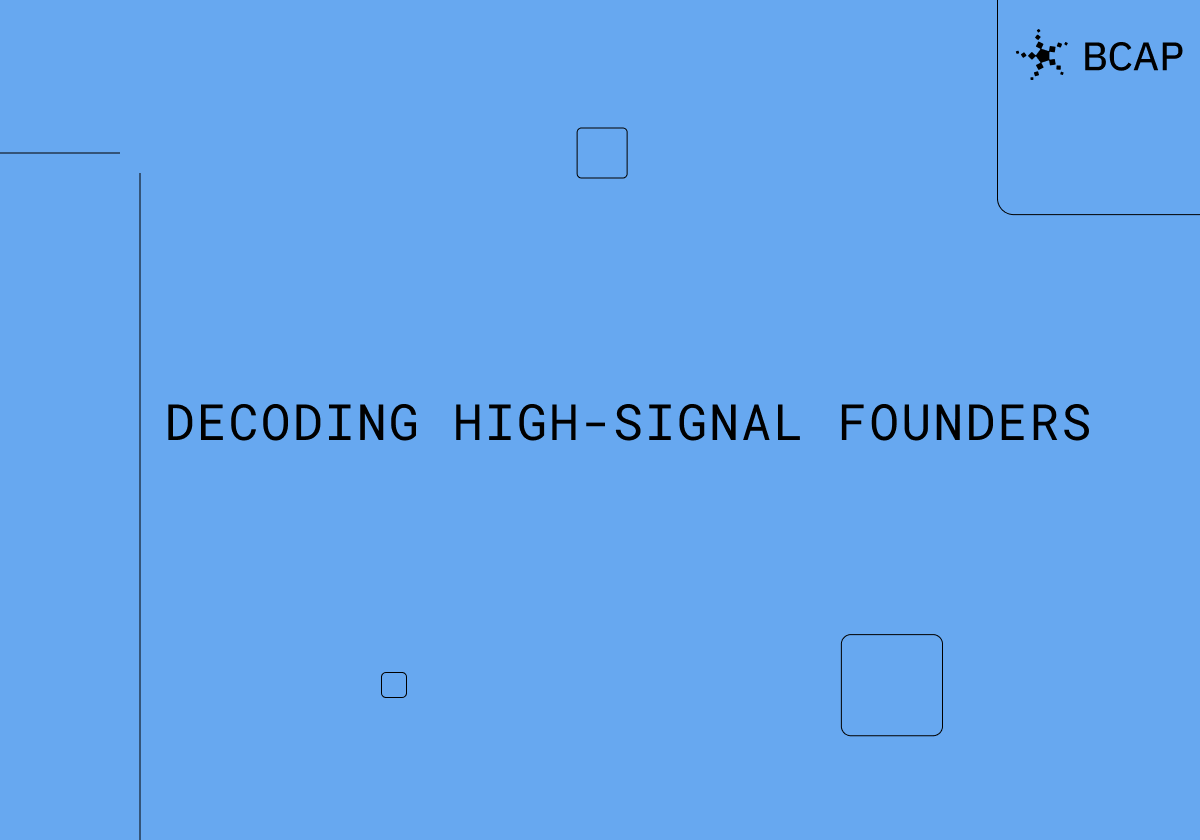Historically, the crypto market has appealed to three specific segments — financial traders, digital-asset collectors, and technologists.
With recent technological advancements, crypto is entering a new playing field where traditional consumers can participate. But even as companies shift their focus to a more mainstream audience, many are still using “crypto marketing” messaging and tactics that have previously only worked on a niche audience.
For crypto consumer products to attract the mainstream, their messaging needs to focus on immediate and recognizable value, akin to the convenience of Amazon's shopping experience or the simplicity of using PayPal for online payments. The messaging around these products needs to be simple and relatable. This piece explores how to effectively communicate with consumers.
First, let’s look at some high-level truths about mainstream consumer psychology:
- People want solutions that integrate seamlessly into their everyday life.
- They don’t understand complex jargon.
- They aren’t typically interested in the technology that powers the products they use.
- They don’t care about how products work; they care about why they should use them (i.e. what the product will do for them).
In short, the marketing around consumer crypto products needs to be more akin to traditional marketing. We should aim for a reality where their usage becomes second nature, without user awareness of their blockchain foundation.
There’s plenty of precedent for this. Apple doesn’t advertise the underlying technology of an iPhone. They advertise how users can benefit from owning one. Similarly, Spotify doesn’t focus on the complexities of its algorithm. Instead, they emphasize the personalized, on-demand music streaming experience it offers.
Crypto introduces transformative models for consumer experiences, surpassing traditional web2 frameworks. Capabilities like composability, tokenization and decentralization, have the potential to revolutionize how we engage with digital products and services. Composability enhances consumer experiences with customizable and interoperable applications. Tokenization offers unique ownership and transferability. Decentralization empowers users with direct involvement and proprietorship in ecosystems, fostering more engaged communities and equitable economic models.
For crypto companies, the answer lies in learning to communicate these benefits in a way that connects with people.
What’s Already Working
Sling is a platform that leverages blockchain technology to enable swift, cost-effective money transfers across 29 countries. It emphasizes the human element by sending funds to people, instead of account numbers. Sling is addressing a real need for more seamless global transactions with a solution that’s uniquely enabled by crypto, yet feels like a snappy web2 app.
With Sling, users can enjoy the benefits of blockchain—such as instant payments, reduced transaction costs, and the elimination of traditional banking hurdles—without the need to understand the underlying technology. Users load funds into sling in their local currency, and Sling automatically converts them to USDC. This process is strategically conducted behind the scenes, stripping away the complexities typically associated with crypto transactions.

Sling’s marketing focuses on the consumer's experience and the practical benefits of their service. While mentions of blockchain and USDC are present on their website, they are not positioned as the primary selling points.
By simplifying the process of international money transfers and emphasizing the benefits, Sling’s messaging appeals to what the average consumer values most: convenience.
As another example, Worldcoin’s World ID is an innovative approach to secure digital identity verification. To create a World ID, people interact with an iris-scanning device called an “Orb” for biometric verification. This scan ensures that each World ID is unique to an individual. This ID is stored on the blockchain as a wallet, ensuring it's secure, tamper-proof, and accessible across different platforms and services.
In order to intuitively convey its utility in creating a more interconnected and secure online world, Worlcoin refers to World ID as a “passport for the internet.”

Worldcoin’s marketing spotlights the Orb's innovative use for secure, privacy-preserving digital identity verification, emphasizing its role in ensuring each person's unique identity without storing personal biometric data. Security and privacy are central themes, highlighting how they intend to create an inclusive, open financial network accessible to everyone.
The messaging stays focused on the mission of creating a more human economic system. Although curious readers can find detailed explanations of how it uses blockchain technology, it’s not the first thing you see. The spotlight is on its value—privacy, security, and ownership.
Lastly, Blackbird is a loyalty and membership platform aiming to create a deeper connection between restaurants and their most loyal customers. Blackbird allows customers to create NFT memberships to restaurants they frequent. These NFTs unlock various rewards—such as earning $FLY tokens, SMS concierge service, and “surprises from the kitchen” while dining. This approach offers a new layer of engagement and value for diners. Smartly, the term NFT is not mentioned anywhere in their UI.

By using crypto rails, Blackbird is decentralizing restaurant loyalty programs. It allows users to earn points that are not confined within a single system; users then have the flexibility to trade $FLY tokens and membership-accumulated NFTs across public blockchains. This system represents a shift from traditional loyalty programs by offering a more flexible and valuable form of reward for customers.
Furthermore, Blackbird's partnership with Privy simplifies the user experience by enabling access to a self-custodial wallet with just a phone number, even for those who have never used a cryptocurrency wallet before.
Blackbird is offering users a clear use case while setting a new standard for how restaurants and customers interact in the digital age.
Imagine a world where people use crypto products without even knowing it
The future of consumer crypto products lies not in their ability to showcase technological superiority but in their capacity to integrate seamlessly into everyday life.
This philosophy echoes the success story of ChatGPT, a technology that, despite its underlying complexity, has been widely embraced by users at record-setting speed. This 'magic moment'—when consumers see the real-life value of a new technology—highlights the importance of user-centric benefits and straightforward messaging.
Adopting this approach will not only broaden the appeal of crypto-based solutions but also paves the way for their integration into the fabric of daily activities, heralding a new era where the line between traditional and crypto services blurs.
Blockchain Capital is an investor in one or more of the protocols mentioned above. The views expressed in each blog post may be the personal views of each author and do not necessarily reflect the views of Blockchain Capital and its affiliates. Neither Blockchain Capital nor the author guarantees the accuracy, adequacy or completeness of information provided in each blog post. No representation or warranty, express or implied, is made or given by or on behalf of Blockchain Capital, the author or any other person as to the accuracy and completeness or fairness of the information contained in any blog post and no responsibility or liability is accepted for any such information. Nothing contained in each blog post constitutes investment, regulatory, legal, compliance or tax or other advice nor is it to be relied on in making an investment decision. Blog posts should not be viewed as current or past recommendations or solicitations of an offer to buy or sell any securities or to adopt any investment strategy. The blog posts may contain projections or other forward-looking statements, which are based on beliefs, assumptions and expectations that may change as a result of many possible events or factors. If a change occurs, actual results may vary materially from those expressed in the forward-looking statements. All forward-looking statements speak only as of the date such statements are made, and neither Blockchain Capital nor each author assumes any duty to update such statements except as required by law. To the extent that any documents, presentations or other materials produced, published or otherwise distributed by Blockchain Capital are referenced in any blog post, such materials should be read with careful attention to any disclaimers provided therein.
No Results Found.









.jpg)



.png)
.png)
